News Beat
News Beat reporting is an idrw.org initiative to let our Readers to report News Based on Actual facts but some how has not been reported in Main Stream Media .
SOURCE: RAUNAK KUNDE / NEWS BEAT / IDRW.ORG
India’s state-owned Hindustan Aeronautics Limited (HAL) is vying for a central role in the upcoming Multi-Role Fighter Aircraft (MRFA) program. The company aims to participate in the manufacturing of whichever fighter jet is ultimately selected through the tender process.
This stance puts HAL at odds with some Original Equipment Manufacturers (OEMs) advocating for setting up their independent production facilities in India. Notably, Dassault Aviation of France, frontrunners with their Rafale jets, and Saab of Sweden reportedly want complete control over local manufacturing through their Indian subsidiaries, Dassault Reliance Aerospace Ltd (DRAL) and Saab India, respectively.
Continue readingSOURCE: RAUNAK KUNDE / NEWS BEAT / IDRW.ORG
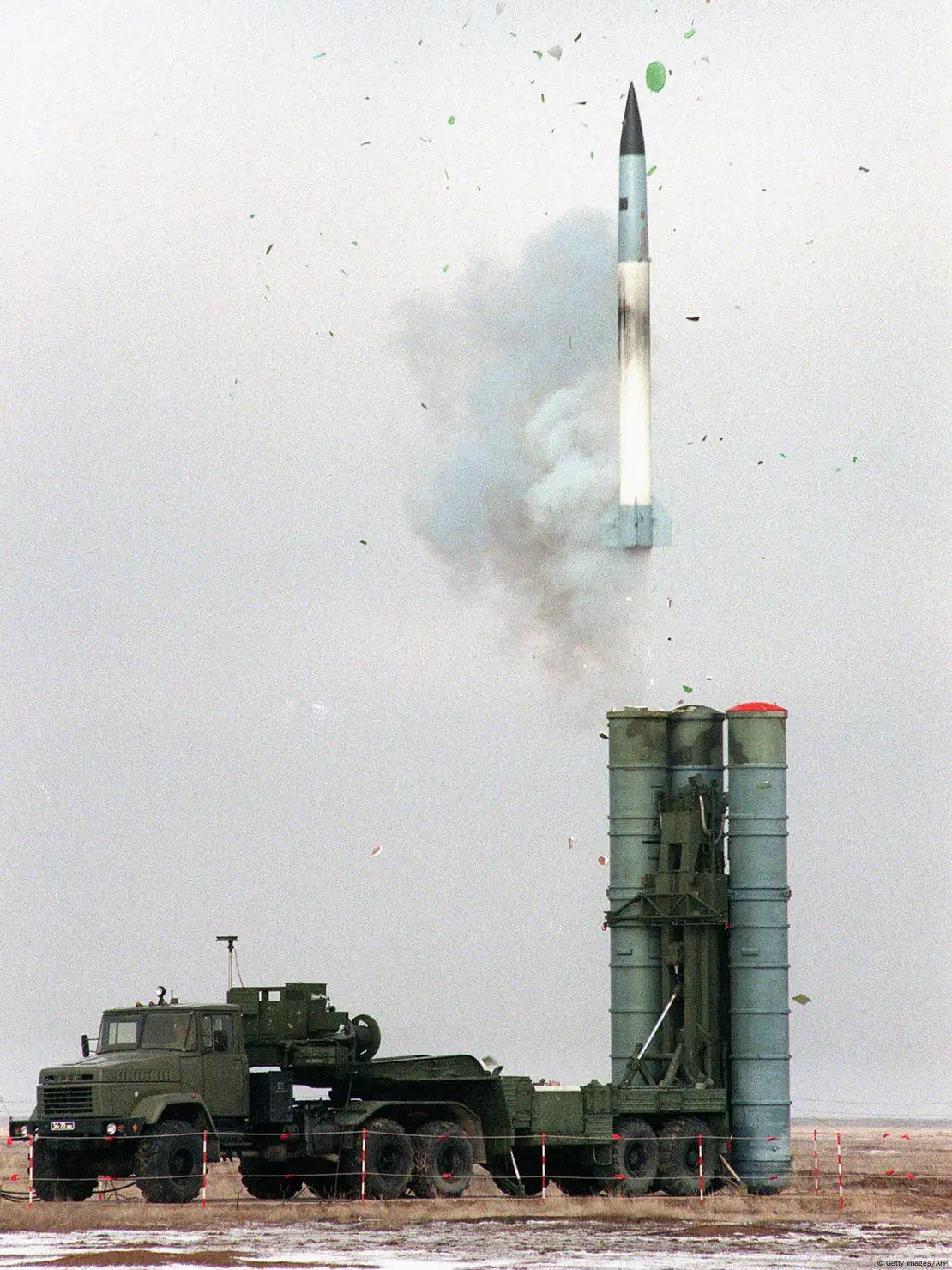
A trove of hacked emails belonging to high-ranking Russian officers has unveiled sensitive information about defense contracts between Russia and India, including the controversial S-400 missile system deal. The 2018 agreement for the S-400 “Triumf” missile systems, signed during Russian President Vladimir Putin’s visit to India, was hailed as a major milestone for the Russian defense industry, valued at over $5 billion. The leaked documents provide unprecedented insights into this landmark deal.
Crucially, the documents confirm that the Indian Air Force (IAF) has acquired all four types of missiles included in the S-400 system. This comprises 96 units of the 9M96E2 with a range of 80-120 km, 24 units of the 48N6E2 with a range of 200-220 km, 24 units of the 48N6E3 with a range of 220-240 km, and 24 units of the 40N6E with a range of 380-400 km. The latter is the longest-range interceptor missile in the S-400 family.
Continue readingSOURCE: RAUNAK KUNDE / NEWS BEAT / IDRW.ORG

India’s Bharat Dynamics Limited (BDL) is embarking on a project to enhance the capabilities of the Indian Air Force (IAF). The company has begun work on an improved version of the existing Long Range Glide Bomb (LRGB), a 500kg inertially guided bomb.
Designated MkII, 500kg inertially guided bomb will incorporate a newly designed wing kit assembly. This modification is expected to extend the operational range of the bomb beyond the current 30+ kilometres.
Continue readingSOURCE: RAUNAK KUNDE / NEWS BEAT / IDRW.ORG
The Indian Army is poised to take a significant step towards modernization with the upcoming issuance of a Request for Proposal (RFP) for over 1,750 Futuristic Infantry Combat Vehicles (FICVs) later this year. This follows a Request for Information (RFI) issued in June 2021, outlining the requirements for these indigenously developed armoured vehicles.
The FICV program, approved by the Defence Acquisition Council (DAC) in 2023, aims to replace the ageing fleet of Soviet-era BMP-1 and BMP-2 infantry combat vehicles. These new FICVs will provide a substantial boost to the Indian Army’s capabilities.
Continue readingSOURCE: RAUNAK KUNDE / NEWS BEAT / IDRW.ORG
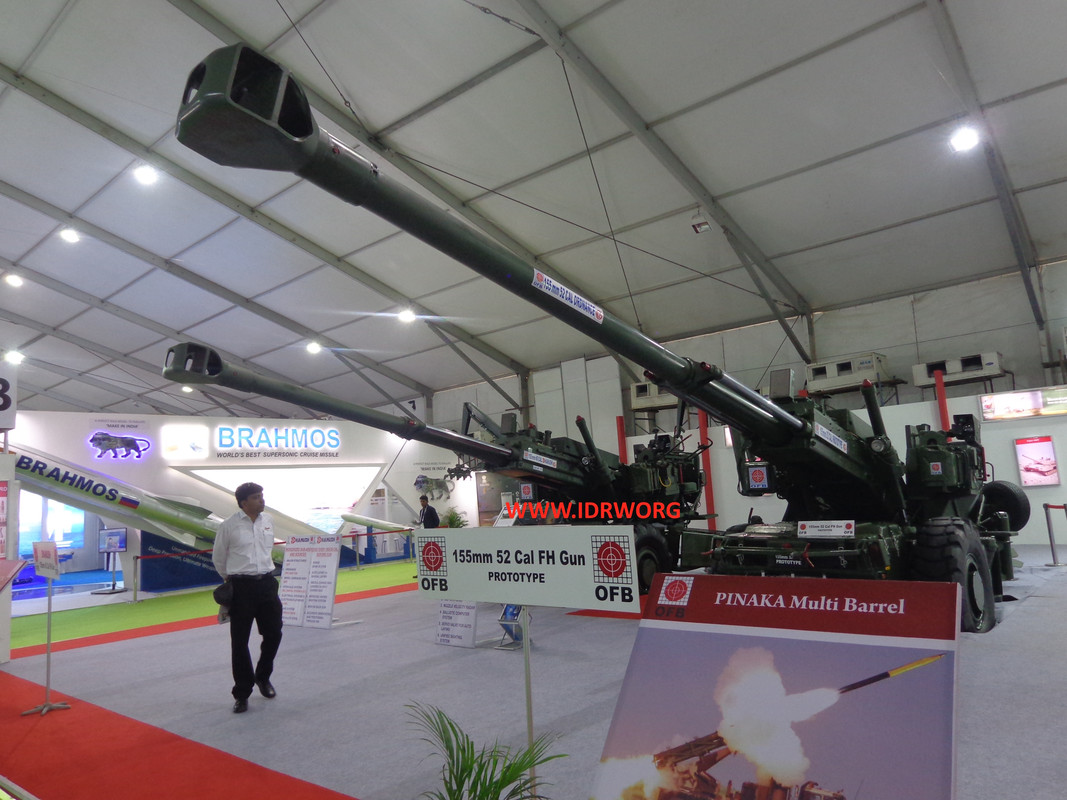
Advanced Weapon Equipment India Limited (AWEIL) is set to significantly ramp up production and delivery of the indigenously developed Dhanush 155mm/45 caliber howitzer to the Indian Army. As part of a larger 114-gun order, the company is committed to handing over an additional 48 Dhanush guns by the end of March 2025.
This development marks a crucial milestone in the Indian Army’s modernization efforts. The Dhanush, an upgraded version of the renowned Bofors howitzer, has undergone rigorous testing and refinement to address initial quality concerns. AWEIL has already delivered 32 Dhanush guns to the Army, with the first batch of six guns inducted in 2019.
Continue readingSOURCE: RAUNAK KUNDE / NEWS BEAT / IDRW.ORG
India’s Defence Research and Development Organisation (DRDO) is making strides to bolster the country’s air defence capabilities. While the development of the VSHORADS (Very Short Range Air Defence System) progresses, DRDO has begun assembling the MPDMS, a more portable variant.
The VSHORADS, designed by DRDO’s Research Centre Imarat (RCI) in collaboration with other Indian labs and industry partners, is a significant achievement. This indigenous Man-Portable Air Defence System offers a 7km range and weighs around 20kg (without the tripod) with a length of 2 meters and a diameter of 90mm. While effective, its size and weight limit easy soldier manoeuvrability.
Continue readingSOURCE: RAUNAK KUNDE / NEWS BEAT / IDRW.ORG

India’s formidable Sukhoi-30MKI fleet is set for a significant upgrade as the Ministry of Defence is poised to give the final green light to a comprehensive modernization program. This ambitious project aims to equip the aircraft with cutting-edge indigenous systems, dramatically enhancing its combat capabilities.
Key areas slated for improvement include the radar, mission computer, electronic warfare suite, cockpit layout, and weapons systems. The upgrade will see the integration of advanced Indian-made components, marking a significant step towards self-reliance in the defense sector.
Continue readingSOURCE: RAUNAK KUNDE / NEWS BEAT / IDRW.ORG
T80J.jpg)
Ashish Rajvanshi, CEO of Adani Defence & Aerospace, has confirmed the ongoing development and testing phase of the RudraM-II air-to-surface missile. On May 29, 2024, at approximately 1130 hours, the missile underwent a successful flight test from the Su-30 MK-I platform of the Indian Air Force (IAF) off the coast of Odisha. Rajvanshi further revealed that additional drop trials are scheduled over the next six months, with the missile expected to be ready for serial production by mid-2025.
The RudraM-II represents a significant advancement in India’s defense capabilities, being an indigenously-developed missile system designed for air-to-surface operations. The missile is powered by solid propulsion and is intended to neutralize a variety of enemy assets, enhancing the operational flexibility and firepower of the IAF.
Continue readingSOURCE: RAUNAK KUNDE / NEWS BEAT / IDRW.ORG
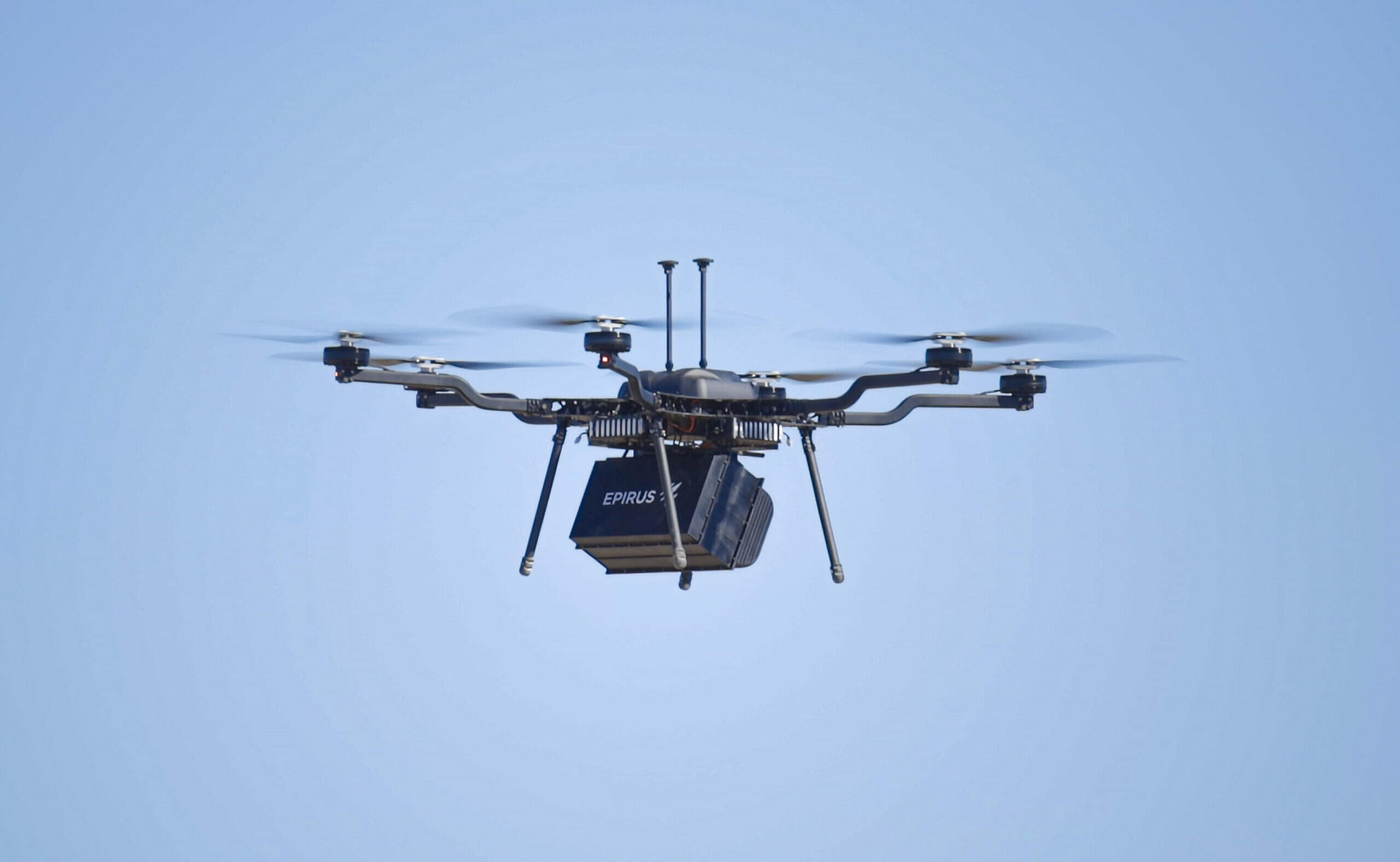
Bharat Electronics Limited (BEL), Hyderabad, is taking a significant leap forward in Electronic Intelligence (ELINT) systems with the development of a drone-based ELINT system. This prototype system marks an important step in bolstering India’s electronic warfare capabilities.
BEL has finalized the system specifications and procured hardware for the ELINT payload for a drone-based system. This initial prototype operates in the 2-18 GHz frequency range. While the current prototype covers a specific range, there’s immense potential for further research and development (R&D) in this domain. The envisioned operational spectrum encompasses a much wider range, from 0.175 GHz to 40 GHz.
Continue readingSOURCE: RAUNAK KUNDE / NEWS BEAT / IDRW.ORG
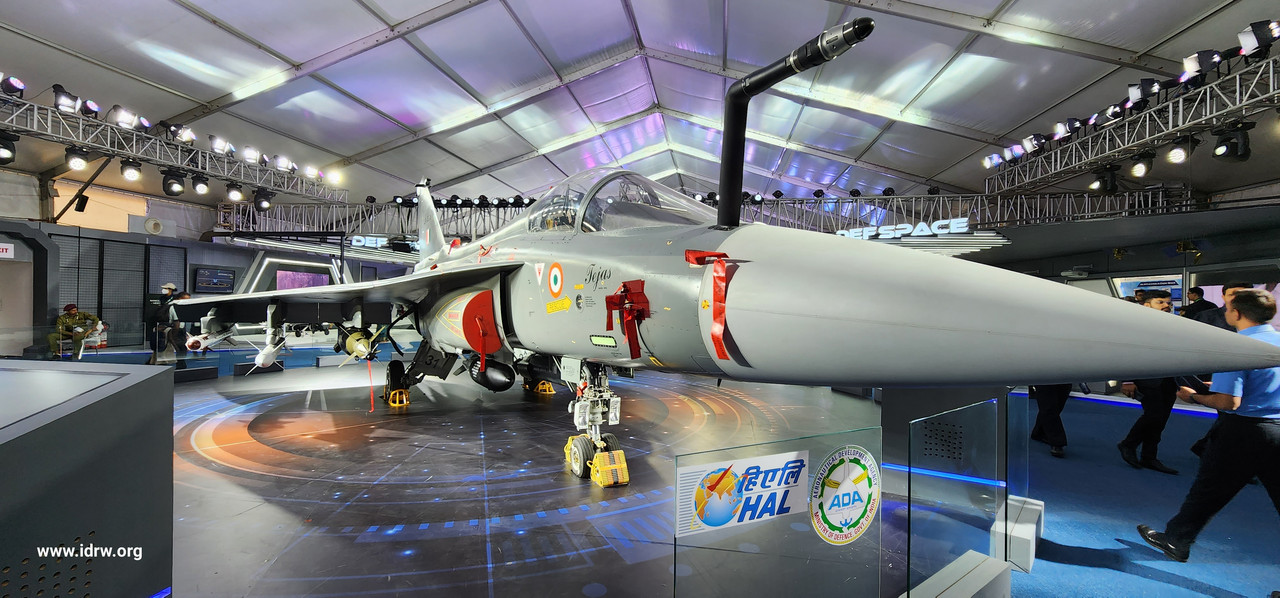
The Indian Air Force (IAF) is poised to make a significant stride with the deployment of its first Tejas Mk1A squadron later this year. This indigenous fighter jet is set to be stationed at Nal Air Force Station in Bikaner, Rajasthan, placing it strategically close to the Pakistan border by the end of 2024.
The initial plan involved upgrading existing Tejas Mk1 squadrons (45 Squadron and 18 Squadron) stationed at Sulur, Tamil Nadu. However, the IAF’s recent decision to procure an additional 97 Tejas Mk1A jets, surpassing the original 73 ordered in 2021, has shifted priorities. Upgrading older Mk1s might not be as carried out anymore said people familiar with the development to idrw.org.
Continue readingSOURCE: RAUNAK KUNDE / NEWS BEAT / IDRW.ORG
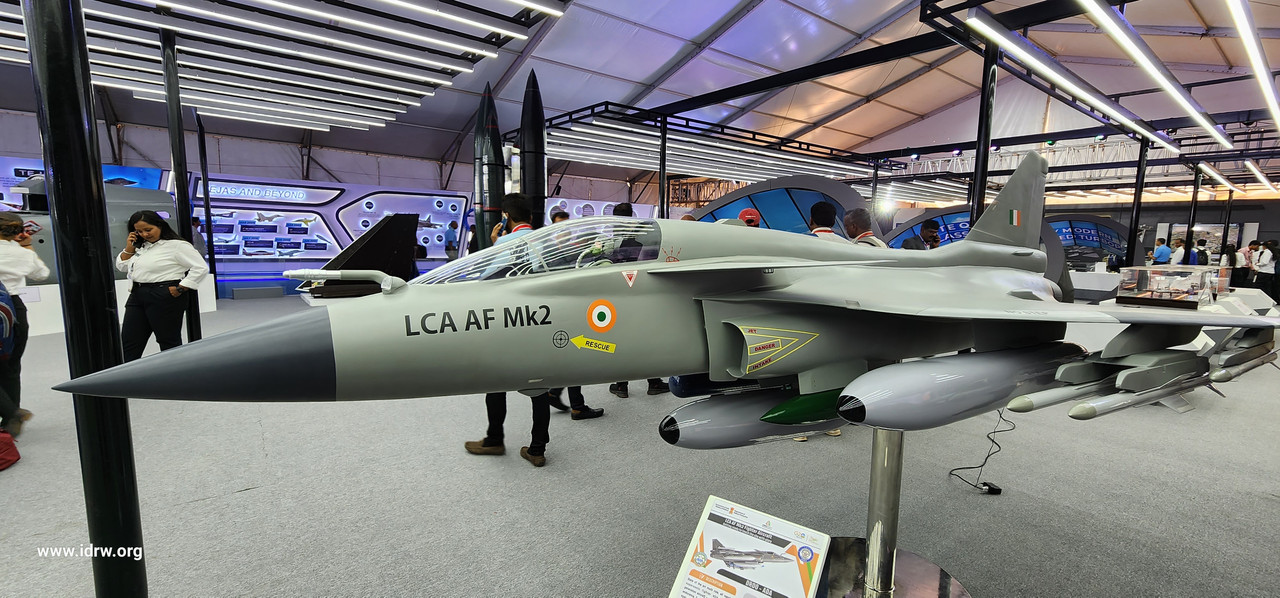
As Hindustan Aeronautics Limited (HAL) prepares to begin assembling the first Tejas MkII aircraft later this year, a crucial step in the program approaches. A team from GE Aerospace is expected to arrive in India by early to mid-2025 to oversee the integration of the GE F414 engines, the powerful heart of these next-generation fighter jets.
The Tejas MkII marks the first integration of the F414 engine into an indigenous aircraft. This necessitates close collaboration between HAL and GE. GE’s team will provide essential supervision to ensure proper engine integration and grant HAL engineers the necessary Original Equipment Manufacturer (OEM) clearances. Their expertise ensures the aircraft meets all performance and safety standards.
Continue readingSOURCE: RAUNAK KUNDE / NEWS BEAT / IDRW.ORG

The Defence Research and Development Organisation (DRDO) is revolutionizing air defence with a cutting-edge multi-layered system designed to combat the growing threat of drones. This new system, featuring a powerful Laser Directed Energy Weapon (DEW) for hardkill, leverages artificial intelligence (AI) and machine learning (ML) for unparalleled efficiency.
DRDO’s vision goes beyond just eliminating drones. This comprehensive air defence system incorporates advanced new sensors and effectors, painting a detailed picture of the airspace. This holistic approach strengthens India’s defenses against modern aerial threats, including drones and precision-guided munitions. Notably, the system boasts increased resistance to saturation attacks, a tactic where adversaries overwhelm defenses with numerous drones.
Continue readingSOURCE: RAUNAK KUNDE / NEWS BEAT / IDRW.ORG
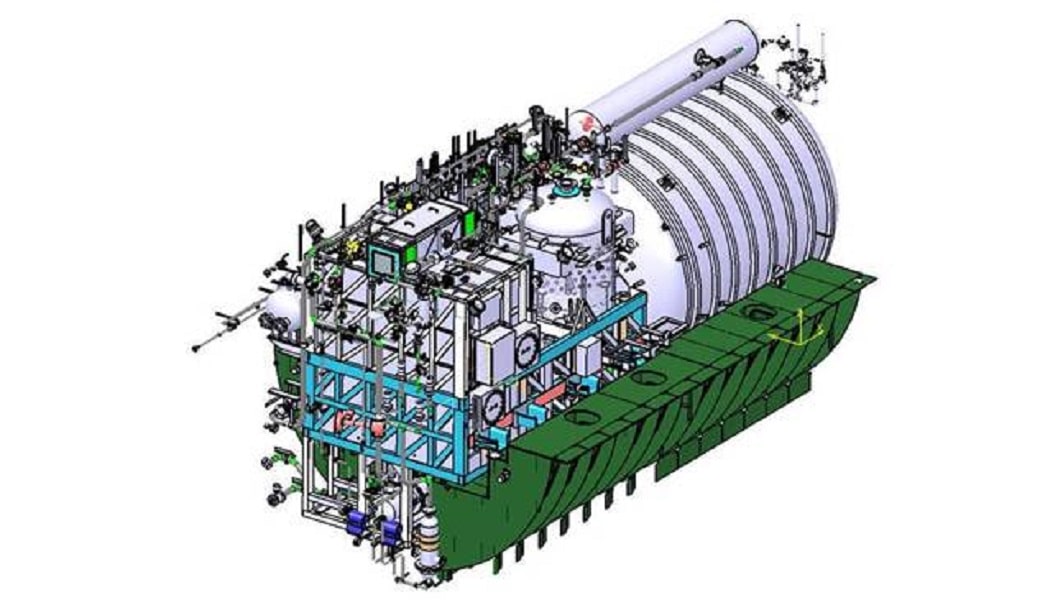
India’s Defense Research and Development Organisation (DRDO) is making significant strides in underwater warfare technology with the development of an advanced Air-Independent Propulsion (AIP) module. This innovative system promises to significantly enhance the endurance and capabilities of Indian submarines.
The DRDO’s AIP module utilizes phosphoric acid fuel cells, each generating a robust 13.5 kW of power. While this output meets the immediate needs of the Kalvari-class submarines (currently requiring up to 15.5 kW), DRDO is setting its sights even higher. Recognizing the need for future submarine classes like the P-76, they’re spearheading the development of a larger AIP module capable of generating a scaled-up 20 kW.
Continue readingSOURCE: RAUNAK KUNDE / NEWS BEAT / IDRW.ORG

The Indian Navy has unveiled its vision for the Jalkapi, a next-generation Autonomous Underwater Vehicle (AUV) designed for extended underwater survey missions. This ambitious project aims to provide the Navy with a powerful tool for gathering critical data from the depths of the ocean.
The Jalkapi boasts an impressive mission endurance of 45 days at sea. This extended operational capability is achieved through onboard recharging using a diesel generator, allowing the AUV to replenish its batteries and continue its mission without needing to return to a support vessel.
Continue readingSOURCE: RAUNAK KUNDE / NEWS BEAT / IDRW.ORG

The Defence Research and Development Organisation (DRDO) is taking its Smart Anti-Airfield Weapon (SAAW) program to new heights. Plans are underway to transform the SAAW into a mini air-launched cruise missile (ALCM) variant, significantly enhancing its capabilities.
The existing SAAW is an unpowered weapon, relying on glide for target acquisition. The new ALCM variant will be equipped with a mini turbojet engine, enabling powered flight and a substantial increase in operational range. This upgrade is expected to push the range beyond 200 kilometres, compared to the 100 kilometres of the current SAAW EQ variant.
Continue reading